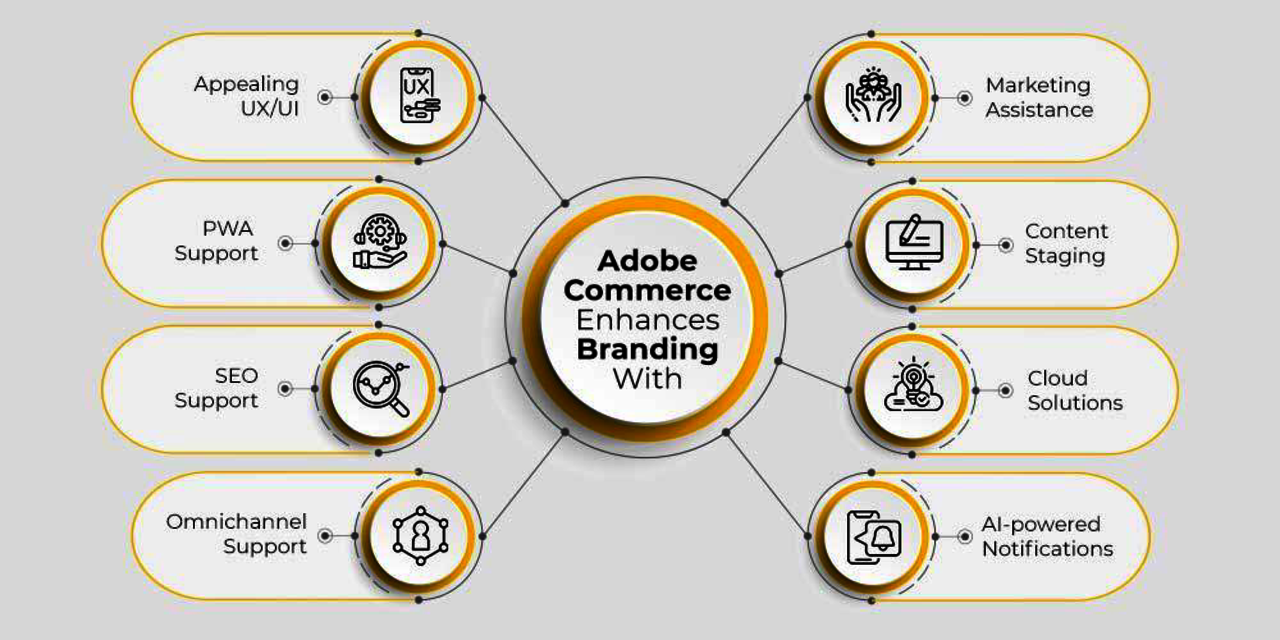
6 Tips To Engage Consumers for D2C Success
Direct-to-consumer (D2C) e-commerce companies have been creating a breakthrough among business models over the last few years in terms of gaining popularity and sales. Even so, many companies are now witnessing an unexpected slowdown. In 2021, consumer interest in the D2C category saw a decline from 79% to 69% among Americans as compared to the previous year.
Despite the turbulence, this industry still remains promising and is expected to bounce back soon. A report by Insider Intelligence states that U.S.- established brands reported D2C sales of $95.81 billion in 2021, which is almost three times the D2C sales of digitally native brands. This number is expected to increase to $161.22 billion by the end of 2024.
It’s clear that consumers will continue to buy directly from brands, and more and more brands are adopting the D2C channel to build their relationships with consumers. This is understandable, as D2C is a win-win for both consumers and companies. However, the flooding of new D2C brands means strategies must change.
Social media alone has historically worked well for gaining D2C business, but thousands of D2C brands are now competing against each other on these platforms. It seems like every other post on our feeds advertises a new product that is innovative, takes no more than a week to deliver, has lots of great customer feedback and has an ongoing sale.
While many of these businesses find ways to spread on social media, not all will gain long-term brand loyalty. In the current competitive landscape, you need more than just an idea to build a sustainable business. You need a robust digital platform that is driven by data and focuses on building long-lasting relationships with consumers.
Engage Consumers With These Six D2C Strategies
The D2C world thrives on everything about the consumer — their carts, their repeat orders, their requests and their referrals. Focusing on both these details and the larger customer experience is essential for engaging customers. Below, I highlight six strategies to consider that will keep your customers coming back.
1. Create Long-lasting Experiences
What, where and how customers see products in your store influences their perception of your brand. Product placement can be a deciding factor on whether or not customers will continue their journey with your company. As some customers browse on smartphones but purchase on the web, customer experience across all devices and channels must always remain uniform to build trust.
That’s the case for all brand websites, but for a D2C brand, connecting with consumers can hold even greater long-term value. Brands must seize the few opportunities they have to keep communication transparent, in order to attract and retain customers. Providing customers with a guided navigation to complete their journey, personalized messages and offers and quick responses all help form a positive perception for consumers.
But don’t just live in the moment and design the experience for an immediate impact. Instead, invest in going beyond the front-end impression and look deeper into enhancing a customer’s lifetime value. For example, simply updating the color theme of your store without bothering to improve communication may not help you retain or even convert the customer. Instead, consider revealing a membership benefit or awarding points on every purchase to at least make the user consider your store for his next purchase.
2. Harness Consumer Data
A lot of resources and efforts go into translating ideas into digital experiences. When this experience gets consumed, a lot of data comes into play. Many brands could be doing more to capitalize on this data, as it contains valuable information on customer journeys.
The concept of “shop-ability” is helping organizations improve revenues across physical and digital stores. These organizations are able to effectively store customer data and understand customer behaviors to predict their next steps. It is an attempt to upsell products or services after careful evaluation of the buyer's needs and preferences. Studying historical purchase data about individual customers can help retailers predict their next visit or even what they are going to buy next.
Especially for D2C brands, where engagement with consumers is direct, the ability to capture accurate information is high.
Ultimately, this information forms the core of consumer habits and should thus be leveraged to understand your audience in detail. In addition to mobile and web analytics, interpret invoices, purchase frequencies, wish lists, order quantities and other individual aspects to derive patterns and take prompt actions for your business.
3. Utilize an Omnichannel Strategy — Effectively
An omnichannel strategy — harnessing all available media channels — is enabling many D2C organizations to build a wider network. This strategy helps organizations start off, while also propelling them toward growth across different markets. Although the strategy is rewarding, it can become difficult to keep all these channels in sync and updated at all times if not done right.
I advise first building a multichannel strategy — harnessing more than one channel, centered on your product or service — before going full omnichannel. Choose a robust platform that integrates with all these channels to avoid any discrepancies in communication, like Magento, which offers single-point management for all social media channels as well as marketplace stores.
Different communication on different channels may end up leaving your audience confused about the intent of your company, so be sure to align all content, no matter the number of channels you have. For example, pricing products differently on Amazon, your Facebook store and your website would create distrust among consumers. Thus, keep these the same and clear across platforms. The consumer can then purchase the product on their preferred platform, without checking all platforms for the lowest price.
4. Think Beyond Transactions
While revenue is the most accurate key performance indicator, for D2C organizations, relationships, experiences and lifetime value, as opposed to just sales, are also key indicators of a company’s success and potential for future success. If you aren’t building loyalty, increasing sales may only bring short-term gains.
To avoid this, identify what your consumer actually desires and enjoys to keep them engaged after a successful transaction. When is this consumer returning next? Were you able to identify any pattern from all the previous purchases to be able to provide a reward before their next visit? These are some questions that can help you interpret what the customer needs to be served next.
This information can easily be extracted by analyzing consumer data. For example, a customer who visits a grocery store every week to stock up is more likely to buy a bundle of their favorite goods even at a small discount or as a complimentary add-on product.
Interestingly, the heart of D2C lies in deeply understanding the consumer. If you focus on increasing service to the consumer, it will reflect in your future sales. Based on a study by Scalefast, 61% of consumers are willing to share more information with brands that provide a better shopping experience.
5. Offer Smart Shipping Solutions
Order fulfillment is the final destination of the customer journey. But very often the reason for cart abandonments lies with shipping delays. This is particularly true for D2C brands and startups, since they both work with a low inventory.
To avoid this, allow multiple methods of shipping. This enables consumers to choose, instead of accepting what is available, even if it does not please them. Consumers will hesitate to return to your store if they deal with shipping discrepancies on their first trip.
Building support within the supplier network can help you bring faster results. Therefore, even if the waiting period is long, how about adding an option to pay extra in order to receive a delivery earlier than expected?

6. Utilize Magento Open Source / Adobe Commerce to Get Ahead in D2C
I couldn’t finish this discussion without acknowledging Magento Open Source / Adobe Commerce for the supreme digital platform it is. It provides the best of capabilities for D2C and even for brands that are a combination of B2B and D2C. Being an excellently intelligent platform, it drives business values like no other.
Brands such as Nike are utilizing their Magento website to increase D2C sales. Magento enabled the integration of trending technologies like AR and VR on their digital stores, thus rolling out a unique customer experience for every Nike user.
Tommy Hilfiger, another popular American clothing brand, has simplified its cart management in its Magento store. More such brands that have gained success in their e-commerce strategies with Magento include Asus, Cox and Cox, Coca Cola, Bulgari, HP, and Marie Claire.
With this in place, businesses are able to fill in the otherwise persistent gaps that hamper their brand value. Magento gives a balance of carving out engaging customer journeys, not just experiences. Its omnichannel capabilities bring in real-time seamlessness, where all management happens under a single roof. It is designed with the idea of aligning content and commerce until the last mile. Thus, D2C companies can expect both immense personalization and the best digital environment to create immersive and innovative experiences that change behaviors.
Choose Your E-commerce Strategy Wisely
To summarize, e-commerce strategies for a D2C business should be carefully chosen and implemented for far-reaching results. Interacting directly with consumers comes with ample opportunities for businesses to understand their audience like no other. Looking ahead and beyond immediate results is the key to D2C growth.






